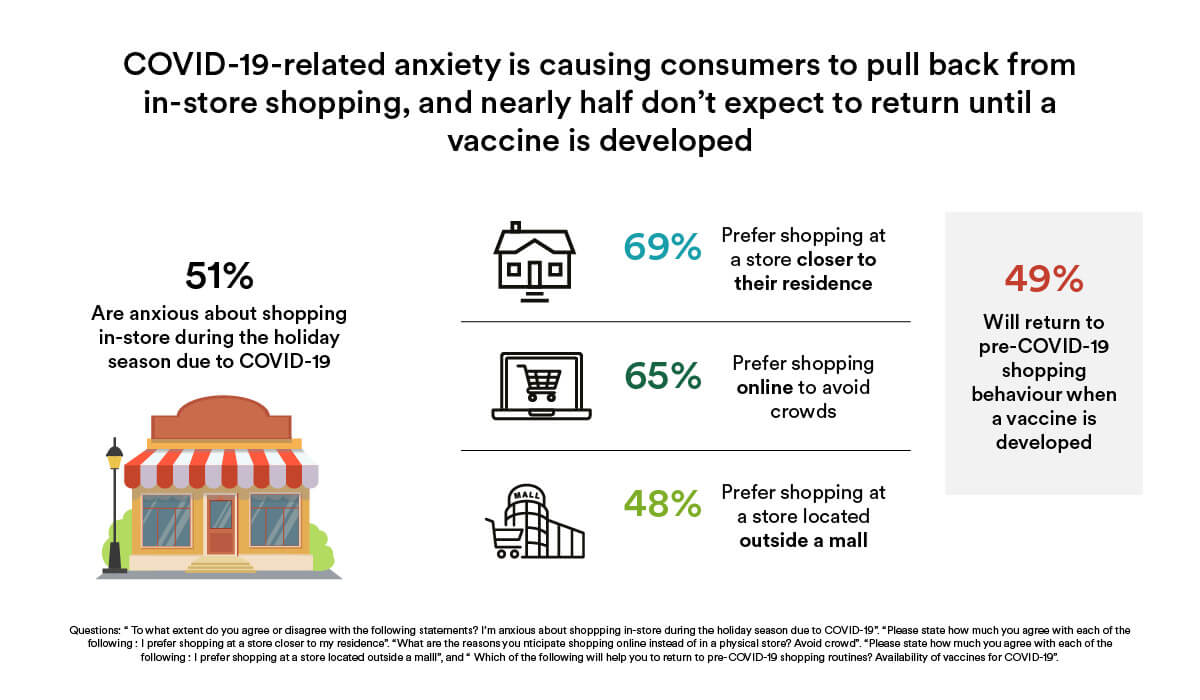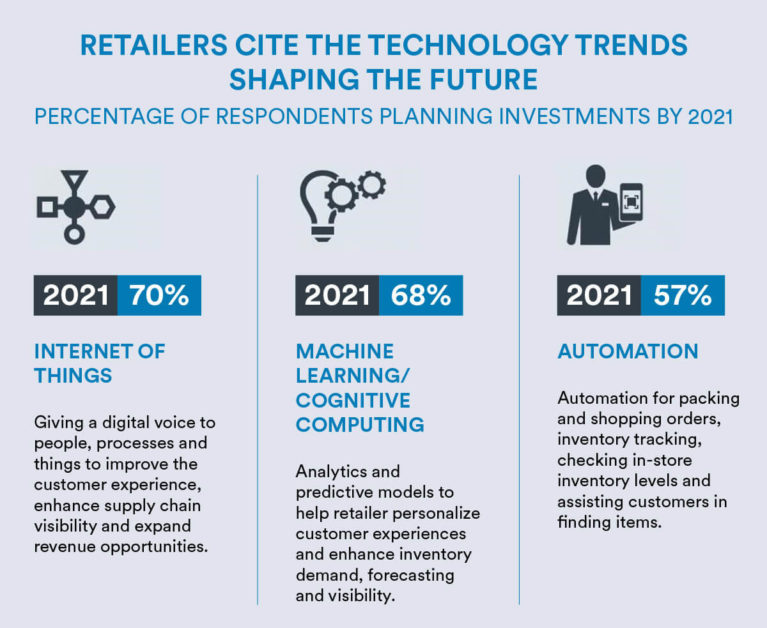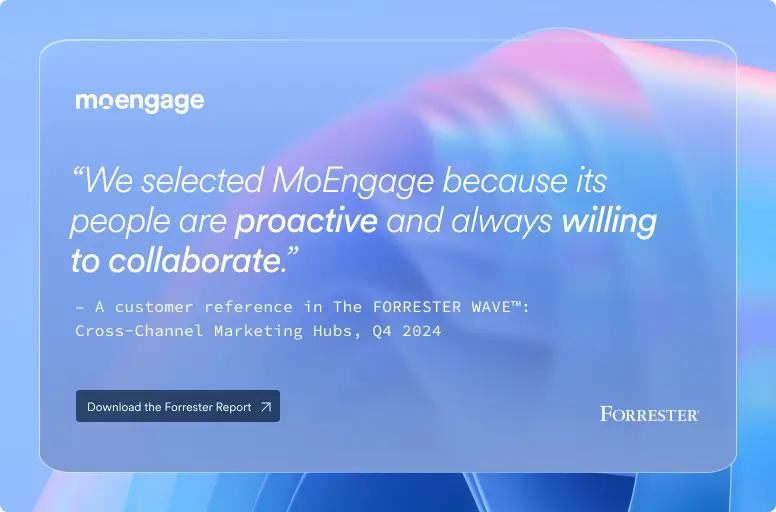How to Improve Customer Loyalty in 2023 and Beyond

How to Improve Customer Loyalty in 2023 and BeyondA brand is much more than just a host of products that customers can buy: it is a lifestyle choice. When a company builds a good brand image, it starts connecting with the consumer emotionally. A good brand depicts the emotions of the consumer’s life. More than a name or logo, it is the feeling these brands evoke while marketing themselves that invokes customer loyalty.
With changing times, marketing has to adapt to new ideologies to get the customer’s attention. Gaining the customer’s attention and building loyalty is the primary task of marketing today. Let’s discuss how we can create customer loyalty in the current scenario.
The impact of the pandemic
When the pandemic shook the market to its core, the ability of brands to engage with customers was severely hit. With half of the population edging towards poverty, brand preference became a thing of the past. However, the past few months have changed the priorities and preferences of many.
Businesses have barely managed to cope with the shift in the market. Retaining customer loyalty became a luxury that they had to strive hard to maintain. According to reports, 56% of the population felt that brands should be offering them more rewards and gratitude for their loyalty, much more than what they were receiving already.
However, the pandemic brought a new opportunity for many retail trends—the turmoil acted as a catalyst for industry transformation. Consumers are more than ready to try out new, more accessible buying options and answer personal surveys to get products tailored to their expectations. These, in turn, serve as an excellent opportunity for brands to gain customer loyalty by meeting their expectations and delivering them on time.
 |
2020 and 2021 brought many new rules and regulations like nationwide lockdowns, work-from-home situations, and social distancing. People are now increasingly inclined towards digitization and personalization.
1. Digitization and customer experience
Digitization was already trending in the pre-COVID-19 era, but the pandemic made it a necessity. Customer- experience (CX) in digitization is a crucial factor in deciding whether customers will remain loyal to a brand or not. Over 80% of companies that prioritize customer experience report an increase in revenue. To increase the CX value, companies include personalized customer service with AI, chatbots, virtual assistants, and data to enhance customer experience.
Brands need to optimize their digitization strategies for upgraded CX and consequently, loyalty. For that, brands must focus on:
- E-commerce profitability
- Reconstructing delivery timelines
- Strategies to sustain the digital market after COVID-19
- Gaining subscriptions and recurring orders from customers
According to the Worldpay by FIS 2021 Global Payments Study, 81% of consumers wanted a system that allowed them to accumulate and spend points with multiple retailers. If retailers cannot reconfigure their current technologies, they can look at third-party collaborations to drive digital channel transformation.

|
Companies such as JP Morgan, Caterpillar, and even the Bank of America have adopted the digitization trend. Let’s take a look at their approaches.
Example A: JPMorgan Chase
The multinational investment bank is hiring full-stack Agile developers with experience in cloud computing, AI and machine learning (ML), data and analytics, and blockchain.
Lori Beer, Global Chief Information Officer, said that they would keep focusing on fostering a ‘learn fast community, offering immersive technological training and forming technical communities of practice around the company’s technology centers. Their AI platform, OmniAI, enabled them to rapidly test and train ML algorithms, ultimately running an increased number of experiments with additional data.
Their data scientists are using OmniAI to build new capabilities in the current scenario. These include incorporating natural language processing to make client interactions increasingly personalized, testing advanced ML models to have a more comprehensive view of risk, and performing real-time coaching and recommendations for call center agents to help them serve customers better.
Example B: Caterpillar
Similarly, the construction and mining conglomerate is progressively arming its industrial machinery and vehicles with digital technologies.
Cat Digital is the company’s technology, providing data, advanced analytics, and AI capabilities to over a million connected devices worldwide. It is currently working on applications and e-commerce systems for customers and dealers, expanding its predictive analytics capabilities, and constructing a cloud platform to aggregate the incoming data from those connected devices.
With this information, the customers can make more informed decisions about their machines, while the Cat product groups can use the data to better design new products.
2. Personalization is the need of the hour
Consumers today expect personalized experiences that are tailored to their specific needs. Businesses must concentrate on providing relevant and valuable information to their customers. Customers expect CX teams to be proactive, valuable, and relevant without requiring them to share personal information. Furthermore, more than 60% of consumers expect companies to send them personalized offers or discounts based on their purchase history.
The customer should feel valued and heard throughout their interaction with the company. Customer service representatives can now communicate with customers in their own digital spaces, using social media platforms such as Facebook, Twitter, Whatsapp, and Instagram. Companies will presumably increase their efforts to contact customers via online platforms to provide order updates, support, or promotions.
There are numerous ways for businesses to continue providing meaningful customer experiences in 2022 and beyond. Ensure that you understand your customers’ communication preferences and personalize your conversations and outreach. Personalized emails increase transaction rates six-fold.
Marketers must also create frictionless channels for customers to contact their human support team. Inability to do so may result in customers deflecting in the long run. Lets take a look a few examples.
Example A: Tata Sky
It is a popular Tata DTH brand, well-known for its excellent customer service. Tata Sky’s customer service representatives always aim towards answering all questions and assisting the customer to ensure smooth, prompt service. As a result, Tata Sky will continue to rank highly in CX while maintaining its customers’ trust.
Example B: Zomato
Another example of gaining the customers’ trust is Zomato, touted to be the most talked-about food app in India due to its thought-provoking ads and participation in relevant conversations with its customers. CX is the focal point here.
Zomato has produced a horde of fantastic ads. The thought-provoking push notifications have wooed many customers with their engagement value. They administered a clever tactic by targeting an audience with the age range of 18-30 with the help of push notifications. The working class, hostel students, and people living alone comprise their target audience.
It has worked a lot on the brand’s SEO and has created a thriving atmosphere of customer engagement on digital platforms such as Instagram, Twitter, and email. Providing the customer with swift replies exemplifies the level of brand connection.
 |
Consequently, ethics, values, and modes of operation are all subject to change, although central to building customer loyalty. Most importantly, keep the customer in mind when developing your product or product strategies and ensuring the delivery of a flawless CX. Zomato unquestionably emerged as a clear winner in providing unique value to customers, as proven by its exceptional CX quotient.
The Wrap
While the pandemic is still in full swing, retailers must begin planning for a customer experience that lies beyond the horizon. Retailers who are digitally savvy, flexible, and self-aware can survive the pandemic and thrive in the new normal.











